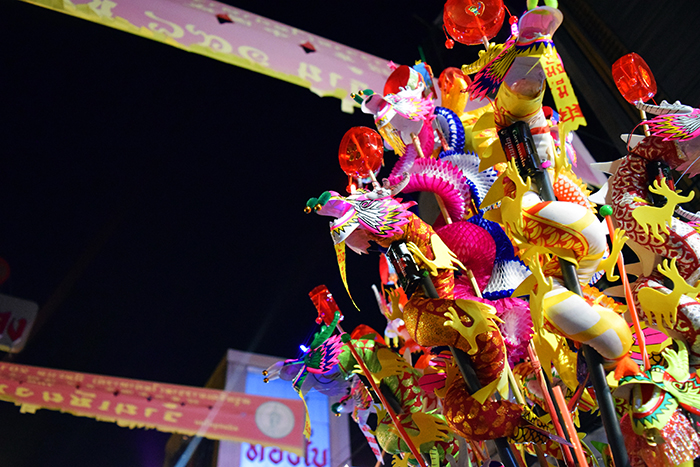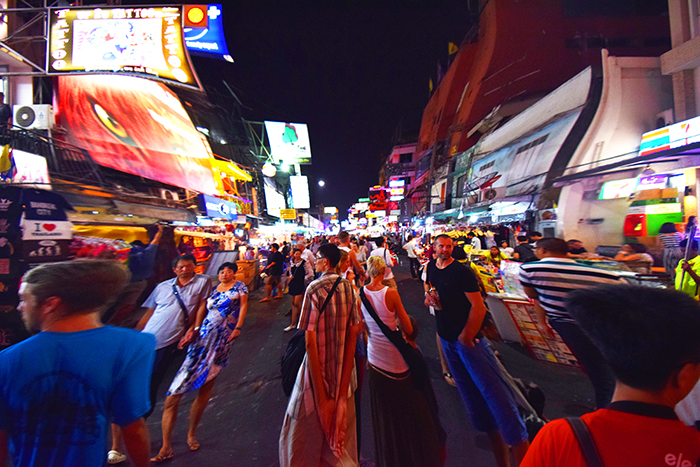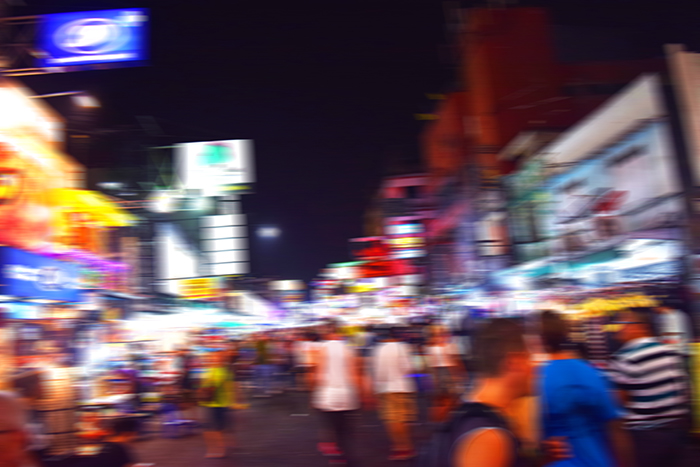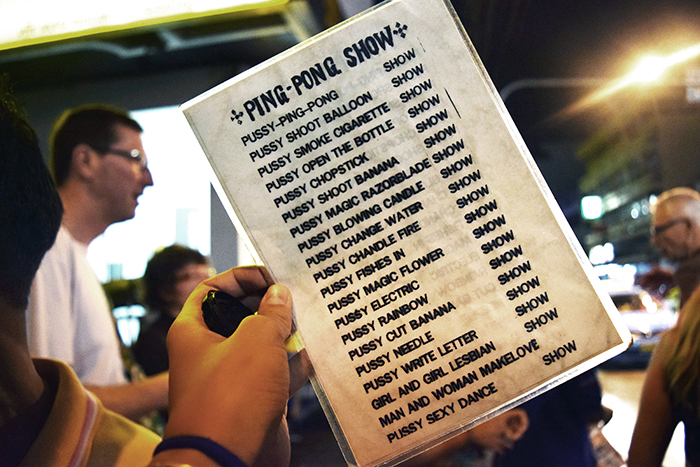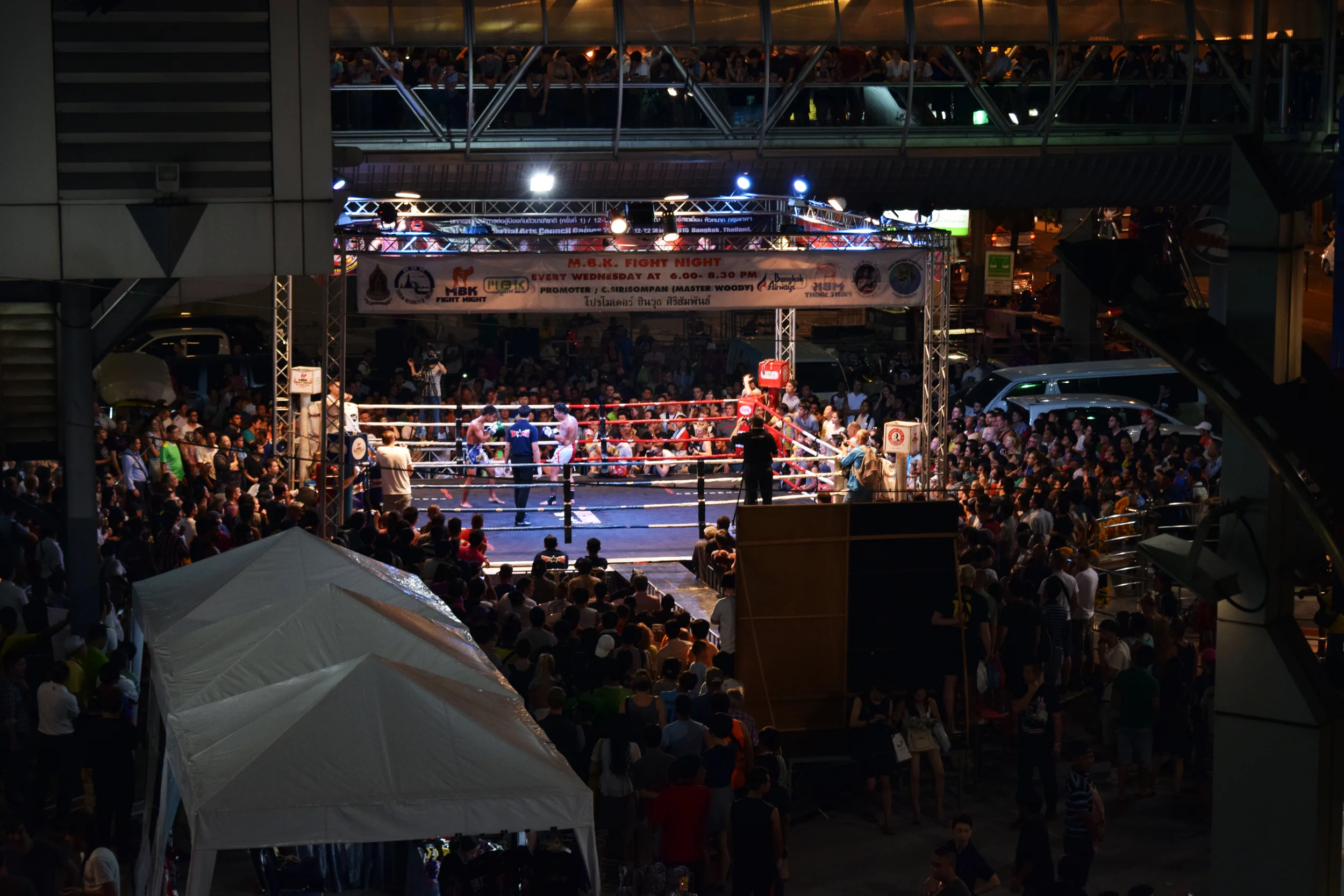Location: Vientiane, Laos
When we crossed over the Thailand-Laos border, it was in a stressful, confusing rush. We’d been too comfortable in our house in Bangkok, too wrapped up in the city to remember that we also needed to prepare to leave it, and get out of the country before our temporary holiday visas ran out. When we first decided to move on to Thailand, my group planned to spend a month traveling through it. However, when we double checked the time limits on land crossing visas, the Thai government website informed us that American, Australian, and British passport holders all would only receive a 15-day allowance. If we wanted to stay longer, we’d have to buy a 7-day, $60 visa extension. Fortunately, when I arrived at the border, I was given a 30-day pass by the officials. Cody and Liam double checked their visas as well; we’d received the same thing. However, when a few friends that had crossed separately arrived at the border, they were given only 15-day visas. Strange, we thought. Maybe someone had just fucked up on the day we crossed? After all, it wasn’t the first time we’d encountered some sort of governmental inconsistency in Southeast Asia.
When we finally made our way back to Khao San (reminder to self: never go back to that grimy place in the daytime again) to book train tickets to Luang Prabang, Laos, our next destination, we found out that not only would that full trip be completely out of our price range, but that the winding trek through northern Thailand was so far that if at any point the train was delayed, several of our friends wouldn’t reach the border within their visa time limit. So instead we booked a $30 night train to Nongkai, Thailand, and decided we’d walk ourselves over the Friendship Bridge, the closest crossing point between Thailand and Laos. From there we would figure out a plan.
I know it sounds paranoid that we’d freak out so much about possibly overstaying a visa by a single day, but during our time in Thailand, we’d all heard horror stories about tourists who’d made that mistake. Not only are there hefty fines for an overstay, but we’d even heard rumors about especially unlucky travelers who ended up arrested and jailed for this indiscretion. And of course there’s the infamous reputation of the Thai prison system. As rational human beings, we wanted to avoid that.
When we arrived at Thailand’s departure border after a chilly, twelve hour night train trip, everyone was exhausted and nervous. I’ve found that all border crossings are a bit unpleasant; too many unsmiling faces in uniforms. I made it through without any problems, but Baby was stopped by an official and told to report to the police station within the building. We were all confused; Baby had crossed the same day as Liam, Cody, and myself and none of us had had issues with the length of our stay. We waited, peering back over the glass wall that separated Thailand’s border from the in-between area of the Friendship Bridge that spans the Mekong river. When Baby finally reappeared, he was obviously unhappy. In one hand he held a fat wad of Baht.
Baby hadn’t double checked his visa stamp and he’d overstayed by a week. It turns out that Australians, even though we usually think of them as Westerners, are still considered Asia Pacific nationals, and only receive a 15-day land crossing stay in Thailand (completely the opposite of what’s on the Thai government website). Baby had made the crucial mistake of assumption; when Cody, Liam, and I all celebrated our 30-day visa when we entered the country, he hadn’t thought to double check his own stamp. It didn’t matter what the government website said, that it had categorized us all together. Things in Southeast Asia are never so clear.
Expenses
- Laos Visa: $35 (for Americans, $30 for Australians)
- Train Tickets to Nongkai: About $30 (but if you purchase them at the train station instead of at a travel agent, it’s much cheaper!)
- Friendship Bridge Bus Crossing: $0.50
- Overstay: $300-Jail Time
Travel Tips
- Always double check your visa length! I can’t stress this enough. I’ve seen several people pay overstay fines at borders, now, and they all seem particularly unhappy about it.
- Plan ahead. Trying to book a train or bus last minute can be taxing both on your nerves and your wallet. As fun as it is to enjoy the moment, make sure you know where you’re going next and how to get there.































